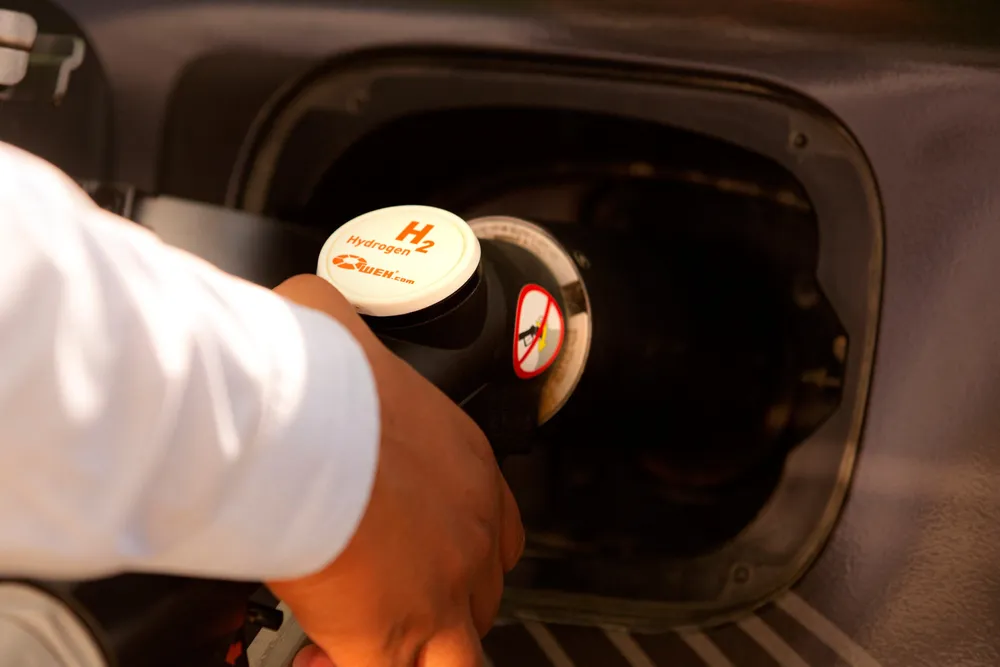Demand remains key hurdle to hydrogen's upstream investment
More work needed to be done in the downstream area to stimulate investment in clean hydrogen production

More work needed to be done in the downstream area to stimulate investment in clean hydrogen production
